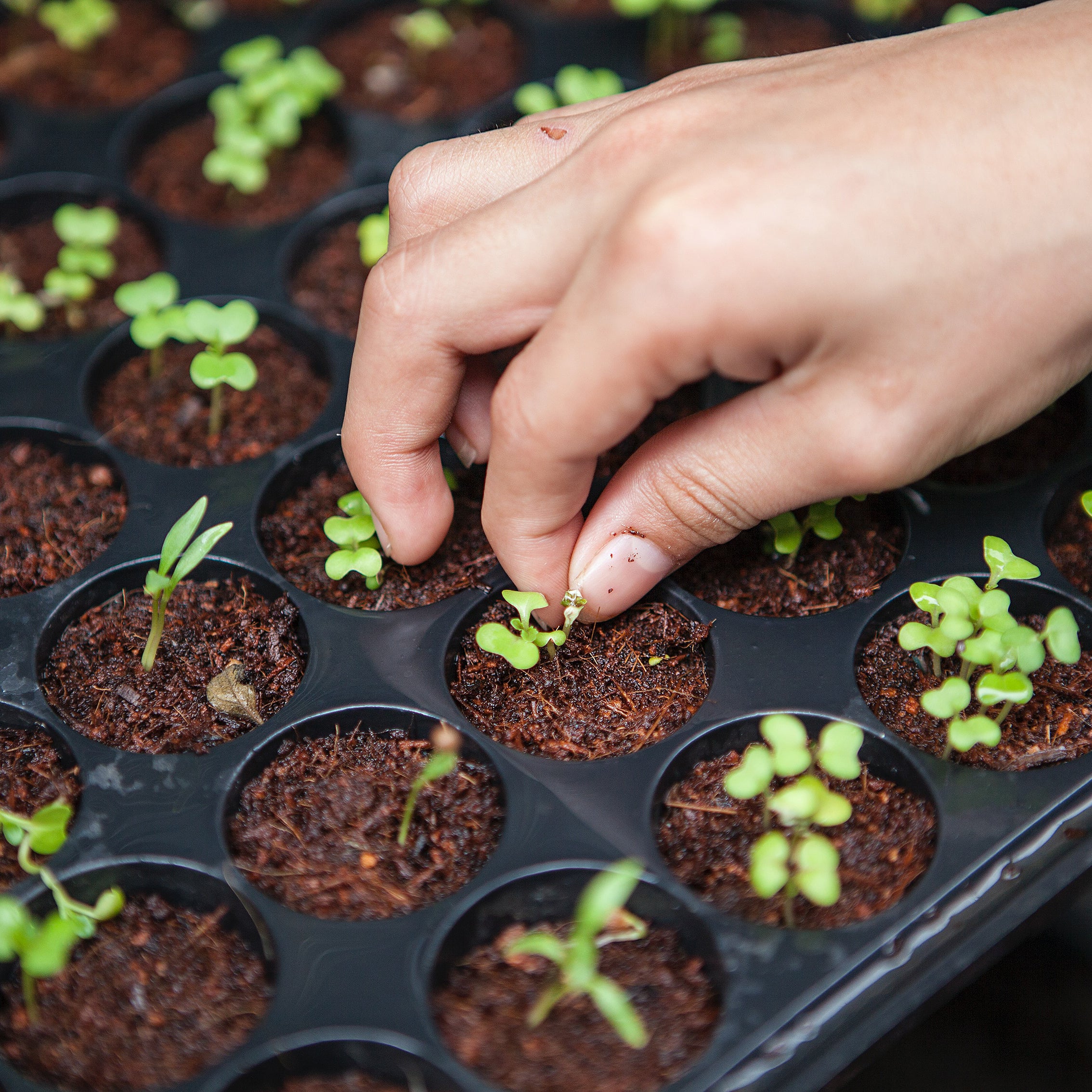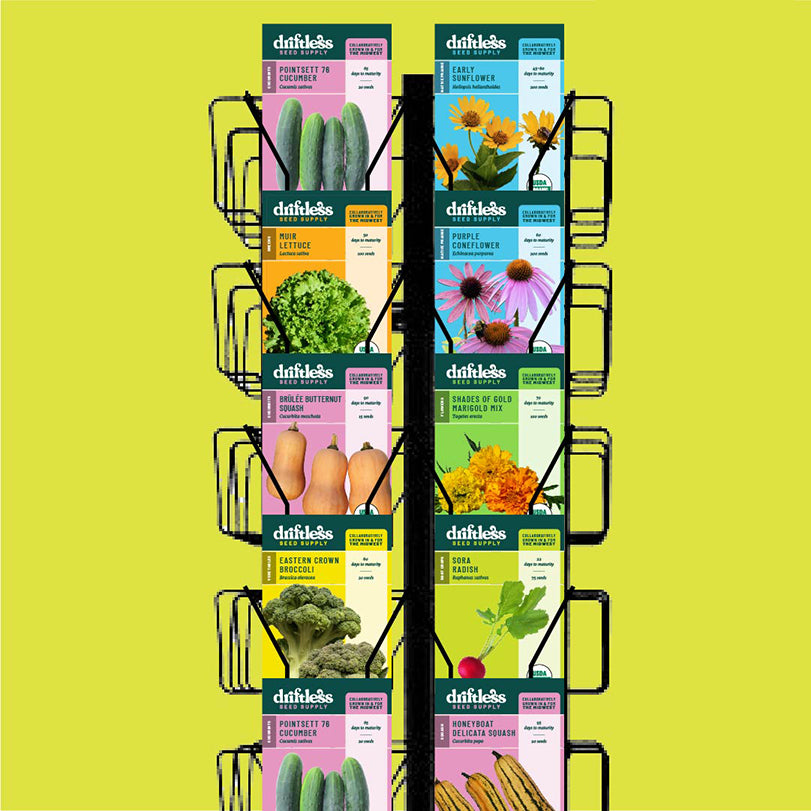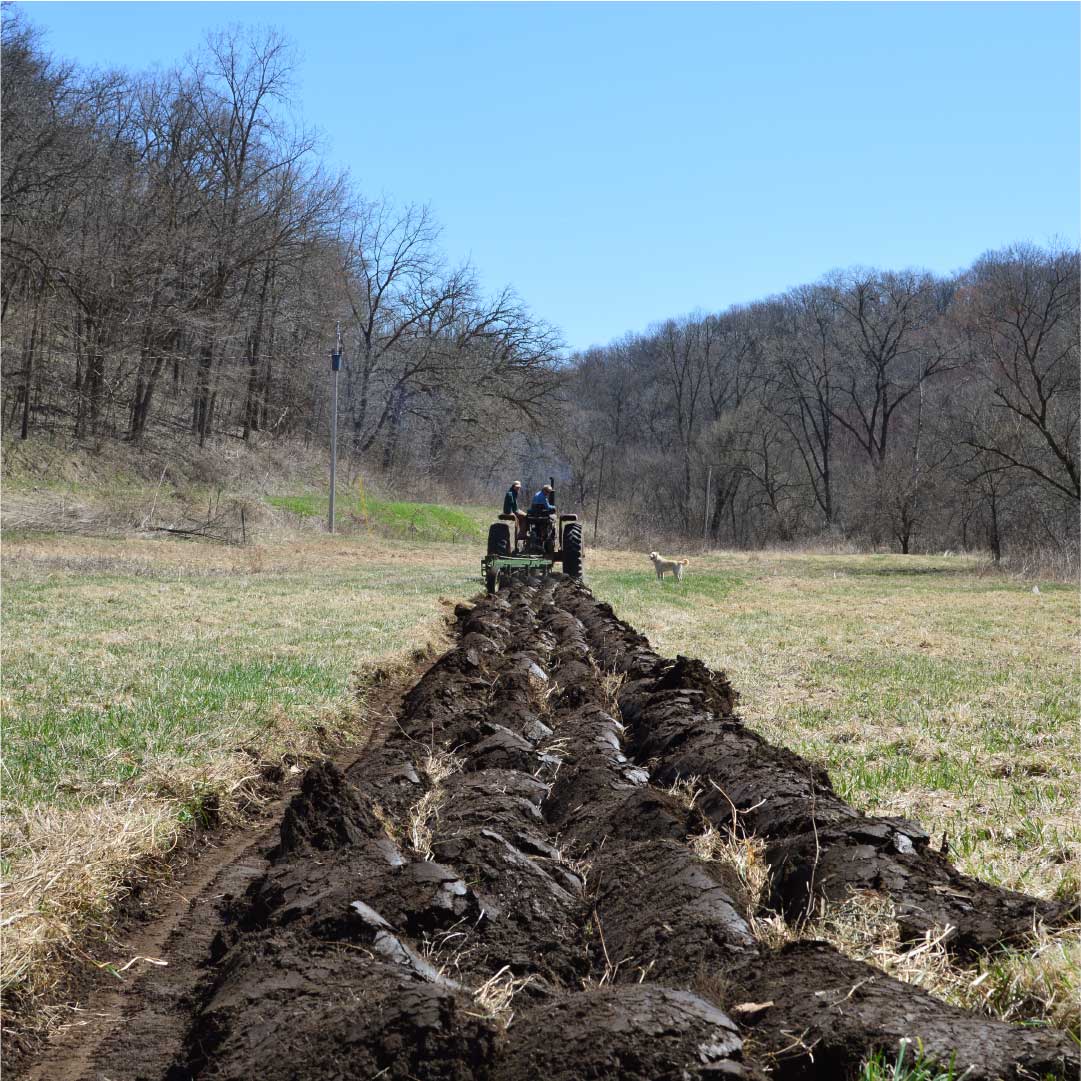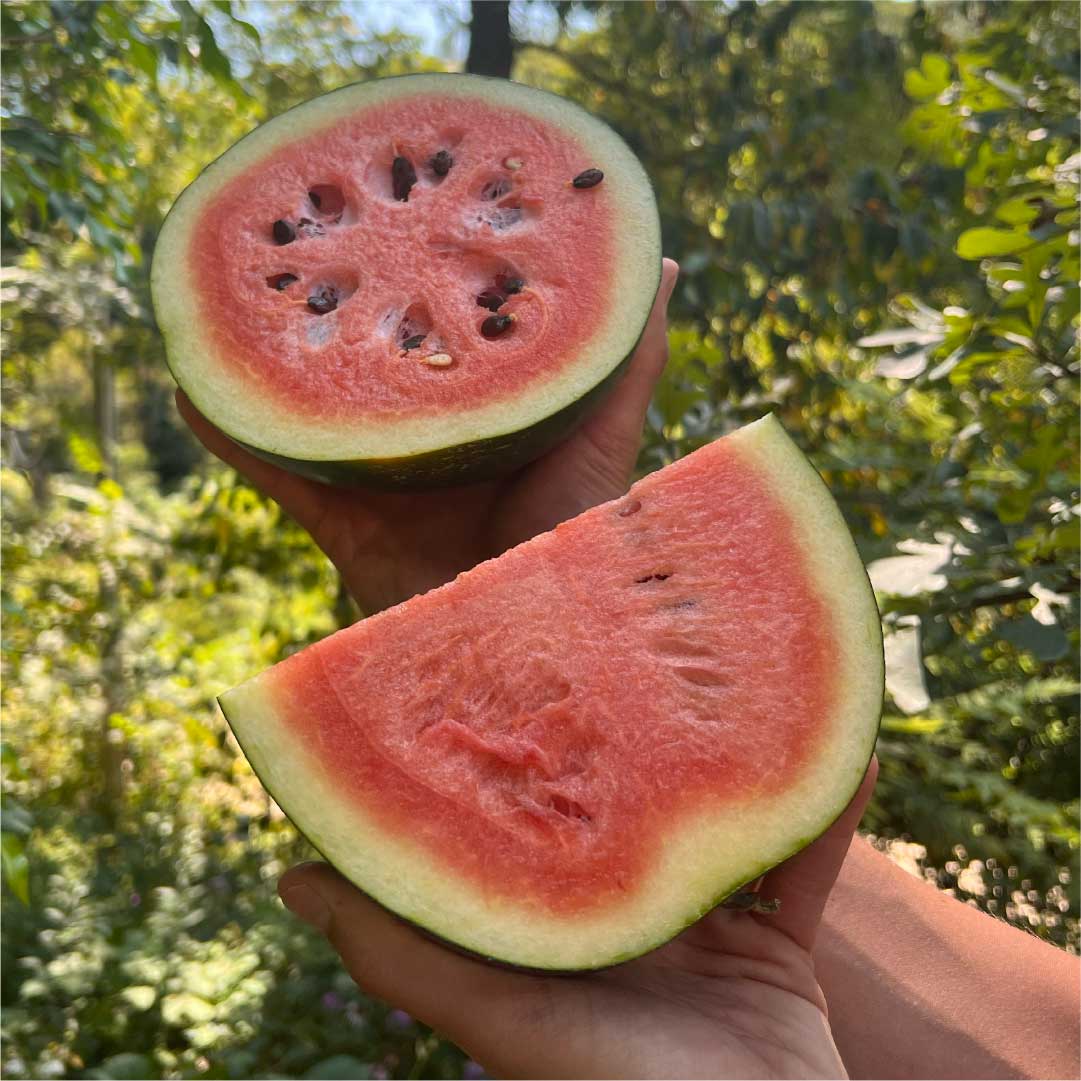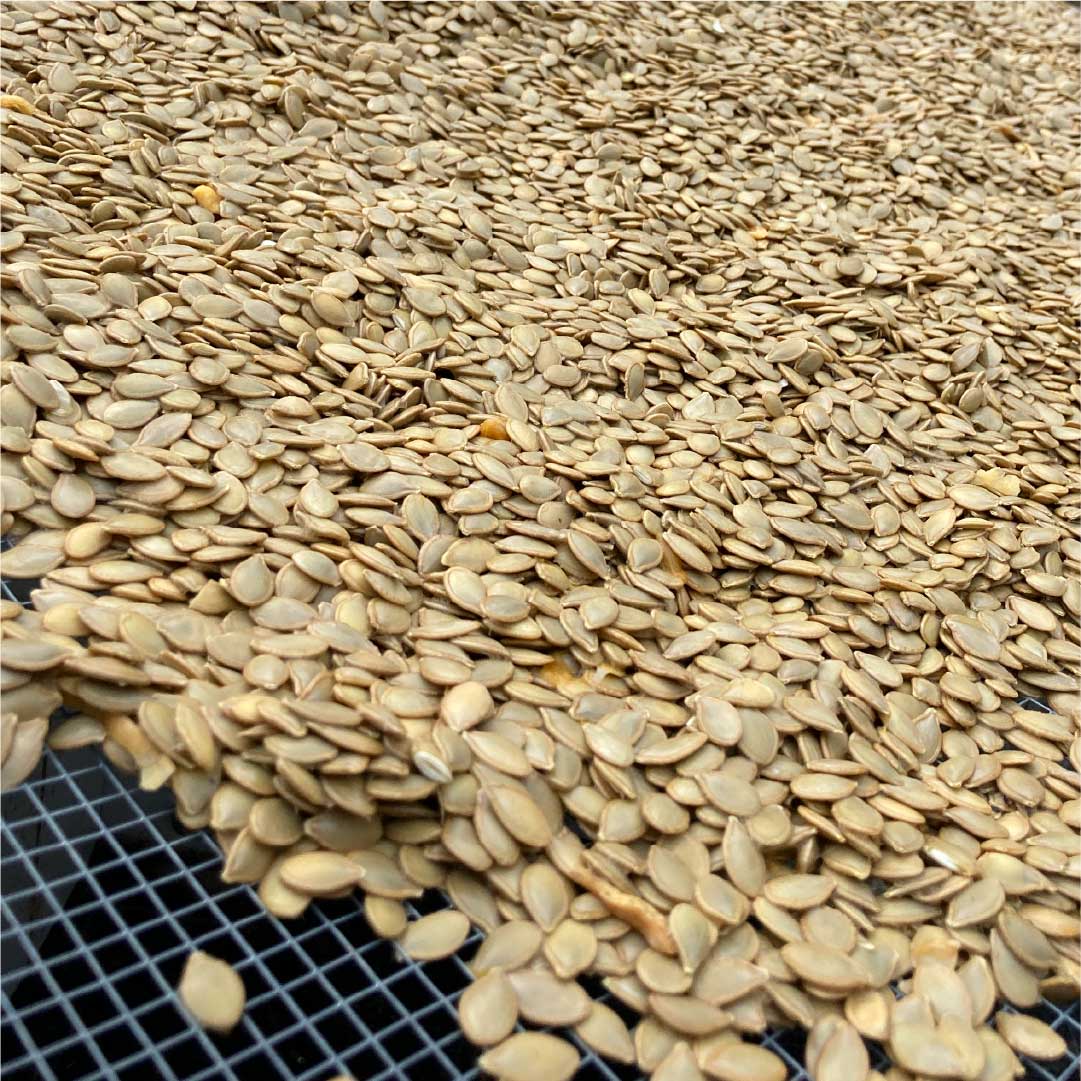Introduction
Chard, a member of the beet family, has a rich history dating back to ancient times. It is believed to have originated in the Mediterranean region, where it was revered not only for its nutritional value but also for its medicinal properties. The ancient Greeks and Romans particularly valued chard for its blood purifying and laxative qualities. Over time, chard spread across Europe and eventually to the Americas with explorers and settlers. In various cultures, chard has been a staple green, appreciated for its ability to thrive in different climates and soil types. Today, chard is celebrated globally for its versatility in cuisines, ranging from Mediterranean to Asian dishes, and its vibrant colors make it a popular choice for ornamental gardening as well.
Variety Selection
- Colored Varieties: Include 'Rainbow Chard' with stems in various hues like red, orange, and yellow.
- Green Varieties: Such as 'Fordhook Giant' with large, dark green leaves and white stems.
Site Selection and Soil Preparation
- Sun Exposure: Prefers full sun but can tolerate partial shade.
- Soil Type: Thrives in well-drained, fertile soil.
- Soil pH: Ideal pH is between 6.0 and 7.0.
Planting
- Timing: Sow in early spring or late summer. Chard tolerates cool temperatures.
- Spacing: Space seeds or seedlings 8-12 inches apart in rows 18-24 inches apart.
- Depth: Plant seeds 1/2 inch deep.
- Does well direct seeded, but can also be transplanted in the early spring for earlier harvests.
Irrigation
- Watering Needs: Regular watering is important, especially in dry conditions.
- Method: Water at the base to avoid wetting leaves, which can lead to disease.
Fertilization
- Initial Fertilizer: Apply a balanced organic fertilizer at planting.
- Ongoing Nutrition: Side-dress with compost or a nitrogen-rich fertilizer midway through the growing season.
Organic fertilization for chard requires a balanced approach to provide the necessary nutrients for optimal growth. Here are specific organic NPK (Nitrogen, Phosphorus, Potassium) recommendations per acre for chard, which should be modified based on soil test results:
Nitrogen (N):
- Requirement: Chard has a moderate nitrogen requirement for leaf development.
- Recommendation: Apply 80-100 pounds of Nitrogen per acre throughout the growing season.
- Organic Sources: Feather meal, blood meal, and composted manure are excellent organic nitrogen sources. These should be applied before planting and can be supplemented with additional applications if needed during the growing season.
Phosphorus (P₂O₅):
Requirement: Phosphorus is essential for root development and overall plant health.
Recommendation: Apply 40-60 pounds of Phosphorus (as P₂O₅) per acre.
Organic Sources: Bone meal and rock phosphate are good organic sources of phosphorus.
- Potassium (K₂O):
- Requirement: Potassium is crucial for plant vigor and disease resistance.
- Recommendation: Apply 60-80 pounds of Potassium (as K₂O) per acre.
- Organic Sources: Greensand, wood ash, and sulfate of potash magnesia (langbeinite) are suitable potassium sources.
Additional Considerations:
- Soil Testing: A soil test is highly recommended to accurately gauge the nutrient levels in your soil and adjust the fertilizer rates accordingly.
- Application Timing: Apply the bulk of the fertilizer before planting and consider additional light applications or side-dressing during the peak growth period.
- Balanced Fertilization: Since chard is a leafy green, maintaining a balance between nitrogen and other nutrients is crucial to avoid excessive leaf growth at the expense of overall plant health.
Pest and Disease Management
Chard can be susceptible to several pests and diseases. Effective management involves preventive measures and, when necessary, the use of organic pesticides. Here's a detailed overview:
Specific Pests and Their Management
Leaf Miners:
- Prevention: Use floating row covers to prevent flies from laying eggs on leaves.
- Organic Control: Remove and destroy affected leaves. Neem oil or spinosad can be effective treatments.
Aphids:
Prevention: Encourage beneficial insects like ladybugs and lacewings that prey on aphids.
Organic Control: Apply insecticidal soap or neem oil. Strong water sprays can also dislodge aphids.
- Slugs and Snails:
- Prevention: Use barriers like copper tape. Encourage natural predators like birds.
- Organic Control: Diatomaceous earth or iron phosphate baits can be used to control slugs and snails.
Diseases and Their Management
Downy Mildew:
- Prevention: Ensure good air circulation by spacing plants appropriately. Avoid overhead watering.
- Organic Control: Apply copper-based fungicides or potassium bicarbonate as preventive measures.
Cercospora Leaf Spot:
Prevention: Rotate crops and remove plant debris to reduce fungal spores.
Organic Control: Neem oil or a copper-based fungicide can be applied.
- Powdery Mildew:
- Prevention: Plant in a sunny location and maintain good air circulation.
- Organic Control: Sulfur or potassium bicarbonate can be effective. Milk sprays (dilution of milk and water) have also been used as a preventive measure.
General Preventative Measures
- Healthy Soil: Maintain soil health with organic matter to support strong plant growth.
- Crop Rotation: Rotate chard with non-susceptible crops to break pest and disease cycles.
- Sanitation: Regularly remove and destroy diseased plant material.
Using Organic Pesticides
- Application: Follow label instructions for correct application rates and timing.
- Compliance: Ensure that any product used is compliant with organic farming standards.
- Integrated Pest Management (IPM): Combine these controls with other IPM strategies for effective, environmentally responsible pest and disease management.
By implementing these strategies, you can effectively manage pests and diseases in chard cultivation while adhering to organic principles.
Harvesting
- Leaves: Harvest outer leaves first, cutting them at the base of the stem.
- Continuous Harvest: Leave the inner leaves and crown for continuous production.
Post-Harvest Handling
- Handling: Handle leaves gently to avoid bruising.
- Storage: Refrigerate at high humidity. Chard can be stored for 1-2 weeks.
Culinary Uses
- Cooking: Chard leaves and stems can be cooked separately or together. Leaves cook faster than stems.
- Preparation: Wash thoroughly before cooking or eating raw.
Temperature Tolerances
Chard, known for its robust nature, exhibits notable temperature tolerances, making it a versatile and hardy vegetable for various growing conditions. Here are some key points about its temperature tolerances:
Cold Tolerance:
- Frost Resistance: Chard can withstand light frosts and temperatures slightly below freezing. This makes it suitable for early spring and late fall planting in many climates.
- Optimal Growth in Cool Weather: Chard grows best in cooler temperatures, typically between 50°F and 75°F (10°C to 24°C). In these conditions, it produces the most tender and flavorful leaves.
- Overwintering: In milder climates, chard can often survive winter and continue growing in the spring.
Heat Tolerance:
- Warm Weather Growth: While chard prefers cooler temperatures, it can also tolerate heat, especially if provided with adequate water. However, in very hot conditions (above 85°F or 29°C), chard may bolt, leading to reduced leaf quality and a bitter taste.
- Shade in Hot Weather: In areas with hot summers, providing partial shade can help extend the productive period of chard and maintain leaf quality.
Water Requirements:
- Moisture in Heat: Regular watering is crucial in hot weather to keep the soil evenly moist. Mulching can help retain soil moisture and keep the roots cool.
- Reduced Water in Cool Weather: In cooler temperatures, chard requires less frequent watering.
Adaptability:
Versatile Growing Seasons: Due to its temperature tolerance, chard can be grown in both spring and fall in many regions. In areas with mild winters, it can be grown throughout the winter months.
- Protection Strategies:
- Row Covers: Using floating row covers can protect chard from extreme temperatures – both cold snaps with traditional row covers and intense heat with shade cloth.
- Microclimates: Utilizing garden microclimates, such as planting near a north-facing wall for heat or using a cold frame, can extend the growing season.
Chard's ability to tolerate a range of temperatures makes it an excellent choice for gardeners seeking a resilient and long-producing leafy green. Its adaptability to different growing conditions contributes to its popularity in home gardens and commercial cultivation. Note that chard is likely to bolt in heat if it has previously been exposed to extended cold periods.
Additional Tips
- Mulching: Mulch around plants to conserve moisture and suppress weeds.
- Succession Planting: Plant every 2-3 weeks for a continuous harvest of baby greens.



